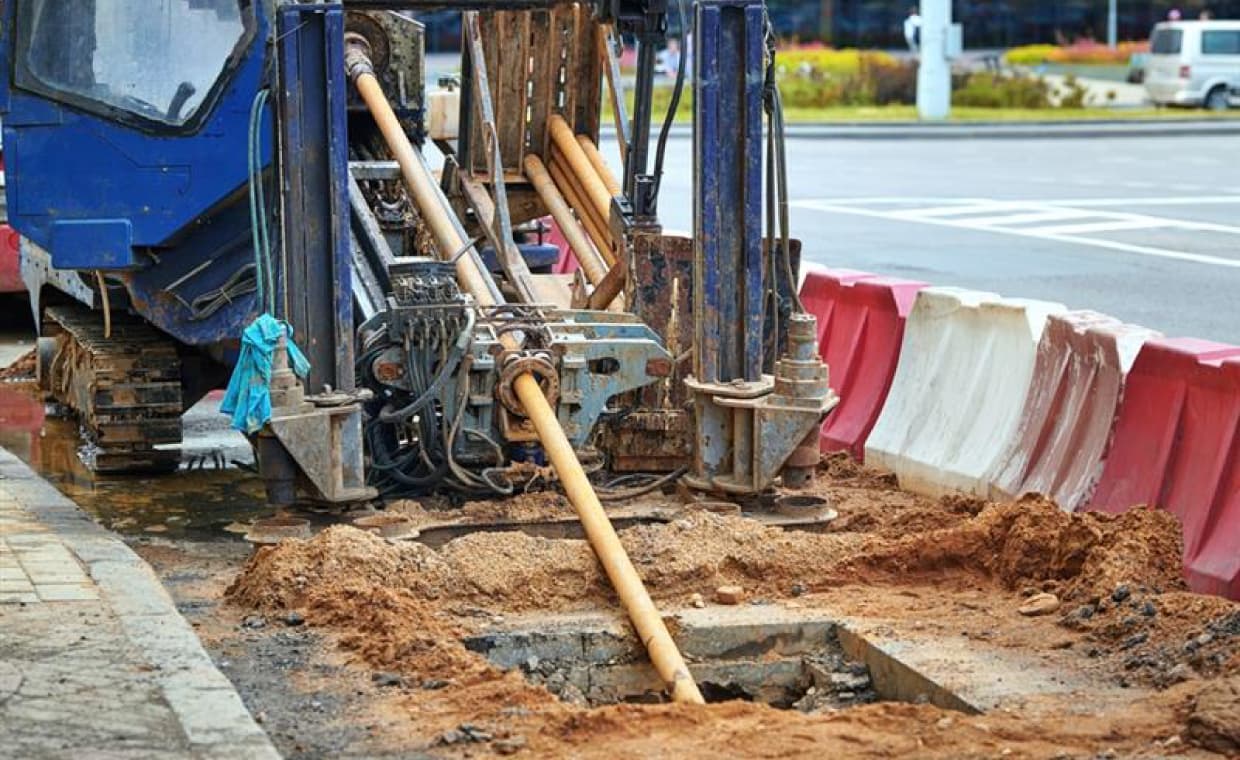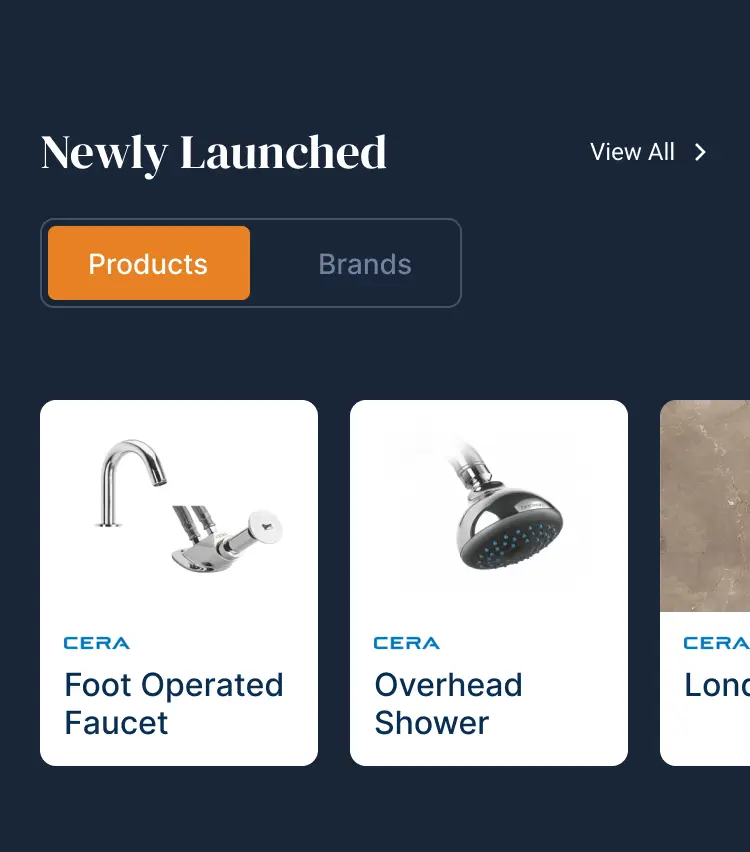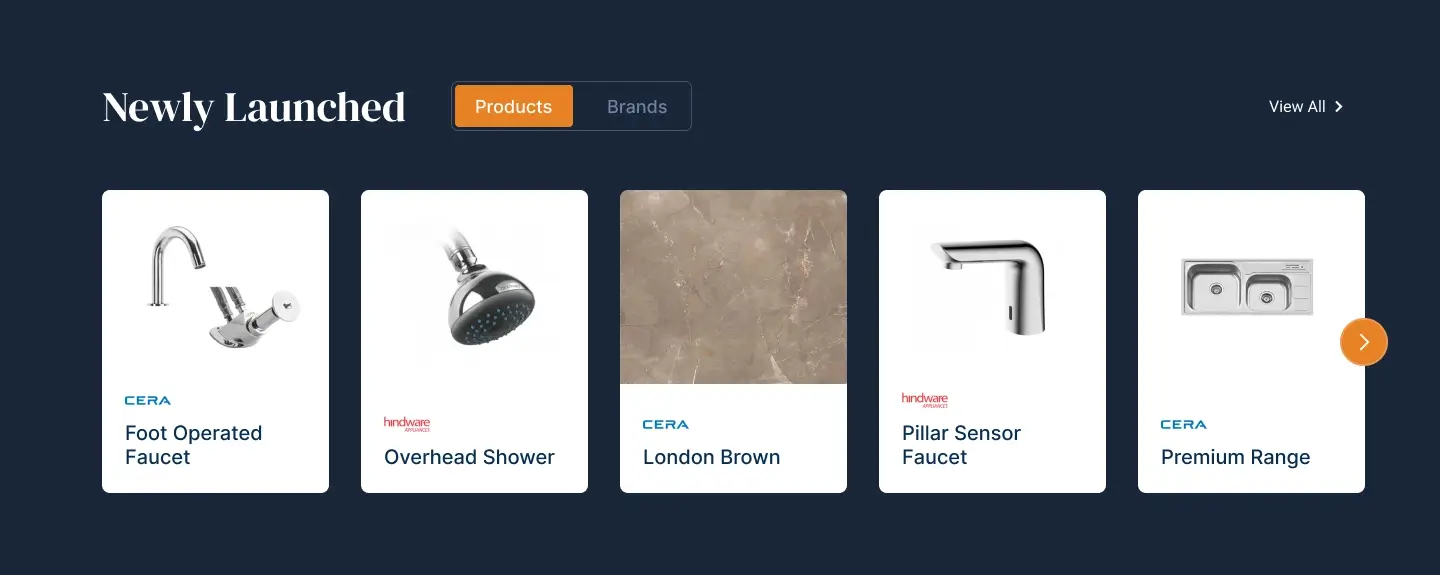
Table of Contents
Quick Overview
Here is the short summary on trenchless pipe lining equipment and materials:
- Trenchless pipe lining repairs sewer pipes without digging.
- It uses an epoxy-coated liner inserted into existing pipes.
- It is quick, clean, and less disruptive than traditional methods.
- Lasts 50+ years and works on most pipe types.
- Costs $80–$250 per foot depending on factors.
You step outside and notice your yard has a soft, soggy patch. The water bill is higher than usual. You have your line inspected, and once the plumber tells you your sewer line needs repair, you start thinking of jackhammers, trenches, and torn-up landscaping.
Trenchless pipe lining repair offers a better way of having a sewer line fixed. This service allows for sewer repair sans the mess, and the secret lies in the specialized tools and materials that we will discuss here.
What is Trenchless Pipe Lining?
Traditional pipe repair means excavation, noise, and days of disruption. Trenchless pipe lining, on the other hand, lets homeowners skip through the chaos by creating a new pipe inside the old one. It allows for a faster, cleaner, and often more cost-effective way of having a damaged pipe replaced.
A master plumber shares, “Trenchless methods can cut repair times in half and leave your property almost untouched.”
Step One: Camera Inspection

When you opt for trenchless repairs, you can be sure that guesswork will never be a part of the solution. Before touching the pipes, experts run a high-definition sewer camera into the line.
The results of a sewer camera inspection will show exactly where the damage is, how severe it is, and which repair method will work best.
What to expect during inspection:
- A small waterproof camera feeds live video to the technician’s monitor
- Pinpoint the location of cracks, corrosion, or root intrusion
- Accurate repair plan without exploratory excavation
Advanced Lining Systems: In a Nutshell
A flexible liner soaked with epoxy resin is the main tool for trenchless pipe lining. It’s inserted into the old pipe, expanded, and then cured using hot water, steam, or UV light. Once cured, it forms a seamless, durable pipe-within-a-pipe. Check with a pipe relining specialist to make sure this method is right for your pipes.
Benefits of this method:
- Smooth interior improves water flow
- Liner resists corrosion and root intrusion
- Lifespan of 50 years or more with proper installation
Getting It in Place: Specialized Installation Equipment
Placing the liner into a damaged pipe is not a job for untrained individuals. A lack of precision, skill, and machinery can cause delays and potentially give rise to safety risks.
Inversion drums use air pressure to roll the liner into the pipe, while pull-in systems draw it through from one end to the other. These tools allow work under driveways, patios, or mature landscaping without disturbing them.
Only trained professionals should operate inversion or pull-in systems. Incorrect placement can cause folds or weak points in the new lining.
Preparing for Success: Cleaning and Cutting Tools
A liner cannot bond properly to a dirty pipe. Before the liner is applied, experts first utilize high-pressure water jets to scour away debris and scale. After the lining cures, robotic cutters reopen branch lines so the whole system functions normally.
Cleaning checklist (for experts):
- Remove roots with mechanical cutters
- Wash with hydro-jetting at 3,000–4,000 PSI
- Inspect again before inserting the liner
Why Homeowners Choose Trenchless Over Dig-and-Replace
- Minimal property damage, no trenches across your lawn
- Repairs are often completed in a single day
- Long-term savings from reduced labor and restoration costs
A trenchless pipe lining technician shares, “Trenchless can be the more affordable option, once you factor in the absence of landscape repairs and lower labor costs.”
Lifespan and Durability
A properly installed liner can last for five decades or more. Many manufacturers offer warranties of 10–25 years, giving homeowners peace of mind. Resin technology has advanced so much that lined pipes often outperform the original material.
Common Causes of Pipe Damage

- Tree root intrusion seeking water
- Corrosion in cast iron or metal pipes
- Cracks from shifting soil or freeze-thaw cycles
- Build-up from years of mineral deposits
Knowing the cause can help you prevent future damage through regular inspections and proper landscaping.
Pipe Material Compatibility
Trenchless lining works on the most common residential pipes, including:
- Clay
- Cast iron
- PVC
- Concrete
One caveat is that it may not be suitable for fully collapsed pipes. This is one scenario where pipe bursting or excavation may be needed instead.
Costs and Variables
Expect a range of $80–$250 per foot. While this can seem steep, avoiding yard restoration often balances the total cost.
The cost may also depend on:
- Pipe diameter – smaller pipes might seem cheaper, but fixing them requires precision. This may influence the labor cost.
- Length of repair – larger pipes require material, thus increasing cost.
- Accessibility of entry points – difficult locations necessitate additional equipment or time for safety reasons.
- Severity of damage – additional preparations and adjustments influence the total cost.
Overlooked pipe problems will worsen. Trenchless pipe lining offers a clean, fast, and long-lasting solution that protects your home and your yard. If your sewer line is showing signs of trouble, this technology may be the smartest investment you can.
Also Read: What Causes Sewer Backup and How to Fix It?
FAQs on Trenchless Pipe Lining Equipment and Materials
1. What Equipment is Used to Install the Liner?
Specialized tools like inversion drums (using air pressure) or pull-in systems place the liner precisely inside the pipe.
2. Which Pipe Materials are Compatible?
Common pipe materials like clay, cast iron, PVC, and concrete pipes can be lined, except when pipes are fully collapsed.
3. Are There Cases When Trenchless Repair is not Suitable?
Yes, fully collapsed pipes may require traditional excavation or pipe bursting instead.






























